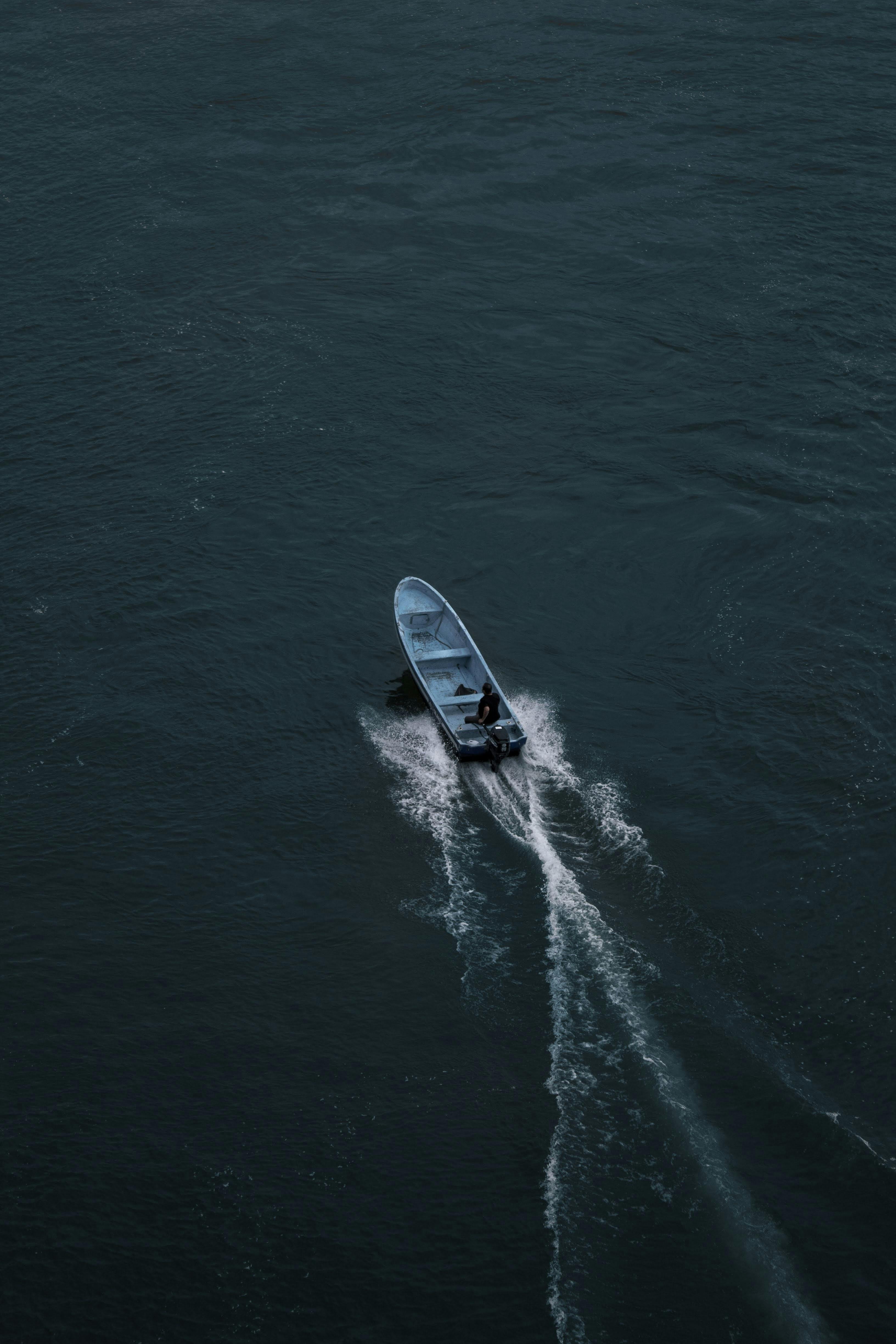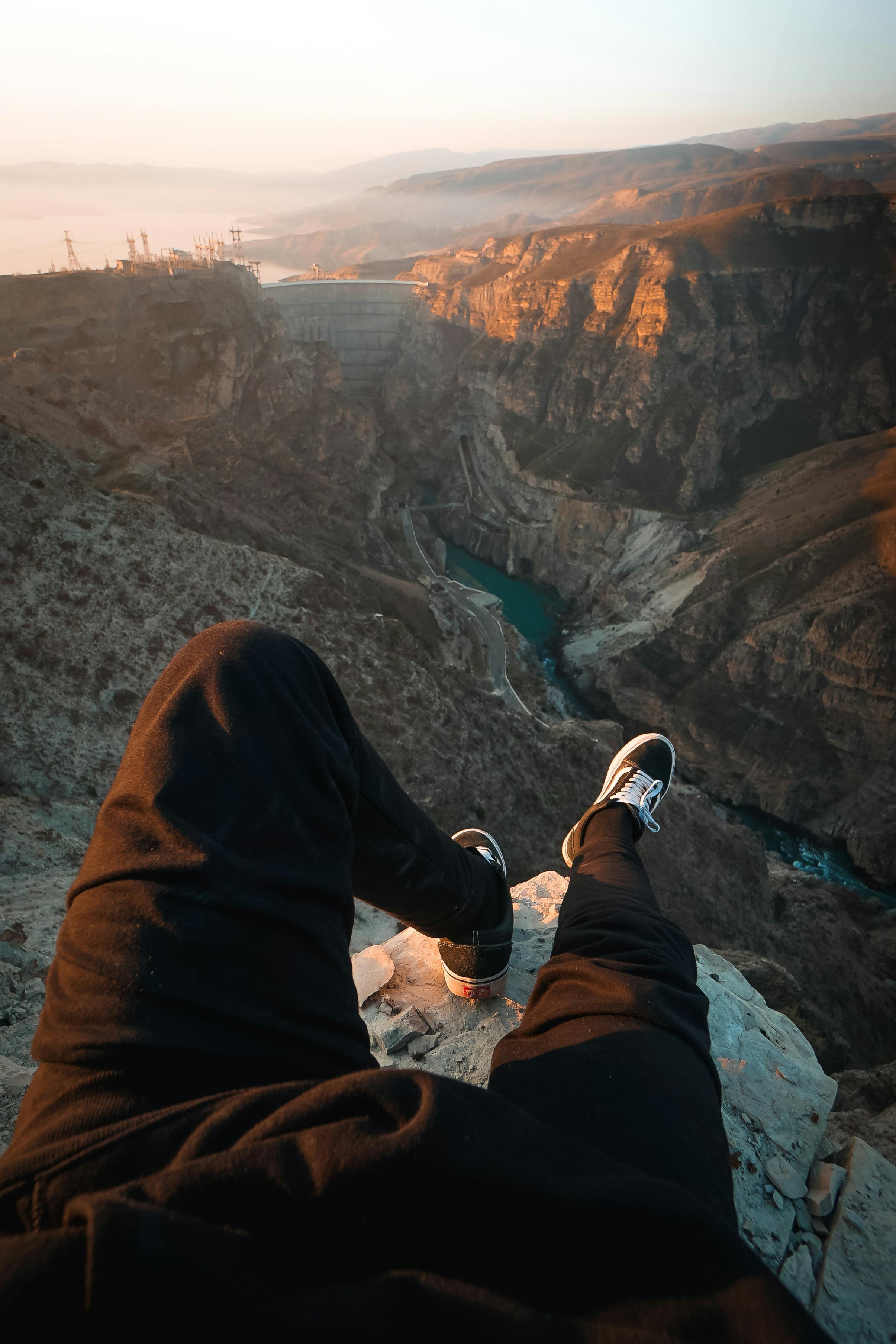In the face of a survival situation, one of the most essential resources becomes water. Without it, our bodies rapidly deteriorate, and the chances of survival diminish significantly. That’s why knowing how to find and purify water in such situations is crucial. In this article, we will explore different methods and techniques that can help you locate and cleanse water sources, ensuring that even in the harshest conditions, you’ll have the means to stay hydrated and stay alive. So, let’s dive into the world of water for life in survival situations!
I. Importance of Water in Survival Situations
A. The human body’s dependence on water
Water is essential for human survival. Our bodies depend on water to function properly as it plays a vital role in various physiological processes. Water is involved in the digestion and absorption of nutrients, regulation of body temperature, circulation, lubrication of joints, and removal of waste products. Without enough water, our bodies cannot perform these functions efficiently, leading to severe health issues.
B. Dehydration and its effects
Dehydration occurs when the body doesn’t have enough water to carry out its normal functions. It can happen in survival situations where clean water is scarce. Dehydration can lead to fatigue, dizziness, muscle cramps, decreased cognitive function, and even organ failure. In extreme cases, dehydration can be life-threatening. Therefore, it’s crucial to understand the signs of dehydration and preserve your water resources to prevent this condition.
C. Importance of clean water for survival
Clean water is essential for survival because consuming contaminated water can result in waterborne diseases such as cholera, dysentery, or typhoid. These diseases can be debilitating and even fatal. Therefore, it is imperative to prioritize finding clean water sources and ensuring its purity before consumption. Clean water not only keeps you hydrated but also helps maintain overall health and well-being in survival situations.
II. Finding Water Sources
A. Identifying potential water sources
When in a survival situation, identifying potential water sources is crucial. Look for areas with vegetation as they indicate the presence of water underground. Observe the landscape for depressions, low-lying areas, or dry riverbeds that can potentially hold water. Animals and insects can also guide you to water sources, so keep an eye out for their movements.
B. Environmental indicators of water presence
Natural environmental indicators can help you locate water sources. Pay attention to the presence of birds, as they often gather near water sources. Look for signs of damp soil, green vegetation, or algae growth, which may indicate the presence of water nearby. Depending on the environment, you can also spot insects or hear the sound of running water as cues to locate potential water sources.
C. Utilizing natural formations for water collection
In survival situations, it’s essential to utilize natural formations to collect water. Rock crevices, tree formations, or large leaves can serve as natural containers for rainwater. Additionally, digging a small hole in the ground can create a natural well that may collect groundwater. By creatively utilizing these natural formations, you can maximize your water collection efforts.

III. Tools for Water Collection
A. Basic items for water collection
Having essential tools for water collection is crucial for survival. Carry a waterproof container, such as a collapsible water bottle or a durable plastic bag, to store water you come across. Additionally, a lightweight metal or plastic cup can help with collecting water from limited sources. Having a few clean and absorbent cloths can be useful for filtering debris from collected water.
B. Improvised methods for water collection
In survival situations, you may need to think creatively to collect water. Constructing a makeshift solar still using plastic sheeting or rainwater catchment systems from available materials can help collect and store water. By being resourceful and using your surroundings, you can increase your chances of finding and collecting water.
C. Importance of having a water container
A reliable water container is an essential tool for survival. It allows you to collect, store, and transport water efficiently. Ensure that your water container is made of food-grade material and has a secure lid to prevent contamination. Having a container with a large capacity is beneficial, but it should also be lightweight and portable for easy transportation during emergencies.
IV. Evaluating Water Quality
A. Importance of assessing water quality
Assessing water quality is crucial to ensure your safety before consuming it. Even clear water can be contaminated with harmful microorganisms or chemicals. By evaluating water quality, you can identify potential risks and take appropriate measures to purify or locate alternative water sources.
B. Visual indicators of water contamination
Several visual indicators can hint at water contamination. Look for discoloration, a foul odor, or floating debris in the water, as these can indicate possible contamination. Avoid collecting water from stagnant sources or those with visible signs of pollution.
C. Utilizing DIY water testing kits
DIY water testing kits can help you assess the safety of collected water. These kits typically include test strips or chemical solutions to identify the presence of harmful substances like bacteria, viruses, or heavy metals. By incorporating these kits into your survival gear, you can make informed decisions about water consumption and take necessary actions to purify it if needed.

V. Methods of Water Purification
A. Boiling water
Boiling water is one of the simplest and most effective methods to purify it. Bring water to a rolling boil for at least one minute (or longer at higher altitudes) to kill most pathogens. However, boiling may not remove certain chemical contaminants, so additional purification methods may be necessary.
B. Chemical disinfection
Chemical disinfection involves using specific disinfecting agents such as chlorine tablets or iodine solutions. Follow the instructions provided with the disinfectant to treat the water effectively. Chemical disinfection is particularly useful when boiling is not an option.
C. Filtration techniques
Filtration techniques can effectively remove impurities and larger particles from water. Portable water filters or filtration systems with activated carbon, ceramic, or hollow fiber membranes can help remove bacteria, protozoa, and some viruses. Ensure you choose a filter designed for the specific contaminants you may encounter.
VI. Improvising Water Filtration Systems
A. Utilizing natural materials for filtration
In survival situations, you can improvise water filtration systems using natural materials. Pebbles, sand, charcoal, and cloth can be layered inside a container to create a basic filtration system. Water poured through this improvised filter can help remove larger debris and sediment, improving its clarity.
B. Constructing a DIY water filter
Constructing a DIY water filter is another option for purifying water. By using a plastic bottle, a small piece of cloth, activated charcoal, and sand or gravel, you can create a simple yet effective filter. This homemade filter helps remove sediment, larger debris, and some microorganisms, providing cleaner water for consumption.
C. Solar distillation as a purification method
solar distillation is a natural purification method that can be used when other resources are scarce. By using a plastic sheet or container, you can create a solar still to collect water vapor from plant matter or even saltwater. The heat from the sun causes condensation, providing you with a source of drinkable water.

VII. Water Storage and Conservation
A. Importance of storing water for emergencies
Storing water is essential for emergencies when access to clean water may be limited or cut off entirely. It is recommended to store at least one gallon of water per person per day for a minimum of three days. Having an adequate supply of stored water ensures you have a buffer during times of crisis or when finding alternative water sources becomes challenging.
B. Proper water storage techniques
Proper water storage is critical to maintain water quality. Store water in clean, food-grade containers with tight-fitting lids to prevent contamination. Keep containers in a cool, dark place away from direct sunlight and potentially harmful chemicals. Regularly check the stored water for any signs of degradation or contamination and replace as necessary.
C. Strategies for water conservation
In survival situations, water conservation becomes crucial to maintain hydration levels. Conserve water by utilizing it efficiently during activities like cooking, cleaning, and personal hygiene. Consider using water-saving techniques, such as using a basin for washing dishes or taking shorter showers. Every drop counts, and responsible water usage can help prolong your water supply.
VIII. Risks and Precautions
A. Potential hazards associated with water collection
While collecting water in survival situations, certain hazards should be considered. Be cautious of slippery or unstable terrain, especially near bodies of water. Beware of potential predators or dangerous wildlife in the area. Additionally, avoid collecting water downstream from industrial or agricultural areas as it may be contaminated with hazardous substances.
B. Waterborne diseases and prevention
Waterborne diseases pose a significant risk when consuming contaminated water. To prevent waterborne illnesses, it is crucial to purify or treat collected water before consumption. Properly disinfecting water, using filters, or boiling it can help eliminate or reduce microorganisms. Always prioritize water safety to protect yourself from potentially life-threatening diseases.
C. Avoiding contaminated water sources
In survival situations, it is important to avoid drinking from contaminated water sources. Stay away from stagnant water, puddles, or water with an unusual odor, color, or taste. Sources located close to human or animal waste, chemical spills, or industrial areas should be avoided as they may contain harmful contaminants. Always prioritize clean and safe water sources for your own well-being.
IX. Emergency Water Sources
A. Obtaining water from non-traditional sources
When traditional water sources are scarce, it may be necessary to obtain water from non-traditional sources. Dew collection, scraping water from plants, or even extracting moisture from the ground can provide alternative sources of water in emergencies. However, ensure you properly purify and treat these non-traditional sources before consumption.
B. Rainwater harvesting and purification
Rainwater harvesting is a reliable method for obtaining water in survival situations. Set up a rainwater collection system using tarps or other waterproof materials to capture and store rainwater effectively. Prioritize using clean containers to collect rainwater and implement appropriate purification methods to ensure its safety for drinking.
C. Extracting and purifying water from plants
Certain plants, such as cacti or bamboo, can serve as emergency sources of water. Learn about plant species in your region that contain drinkable liquids and how to extract them safely. However, exercise caution, as not all plants are suitable for consumption. Boiling or filtration should be used to purify extracted plant liquids before drinking.
X. Training and Preparedness
A. Importance of water survival skills training
Acquiring water survival skills through training is essential for preparedness in survival situations. Understanding how to find, collect, purify, and store water is crucial for your survival and well-being. Training equips you with knowledge and practical skills that can make a significant difference when faced with limited water resources.
B. Building a portable water survival kit
Having a portable water survival kit is vital for emergencies. Include essential items such as water containers, purification tablets or drops, portable water filters, water testing kits, and lightweight tools for water collection. Tailor your kit to suit your specific needs and the environment you may encounter during a survival situation.
C. Being aware of local water sources before an emergency
Being aware of local water sources before an emergency occurs is a proactive measure. Familiarize yourself with potential water sources in your area, including rivers, lakes, and groundwater locations. Understand the condition and quality of these sources, as well as the accessibility of alternative sources. This knowledge will be invaluable when faced with a survival situation.
Overall, water is a fundamental element for survival, and understanding how to find, purify, and store it is essential. By recognizing the importance of water, learning diverse techniques for collection and purification, and being prepared with the necessary tools and knowledge, you can increase your chances of survival in challenging situations. Remember, water is a precious resource, so conserve, purify, and always prioritize your health and well-being in survival scenarios.





